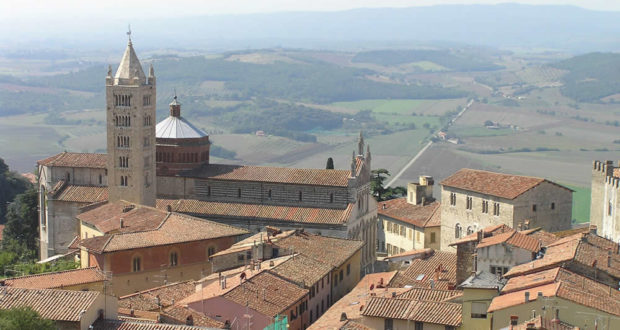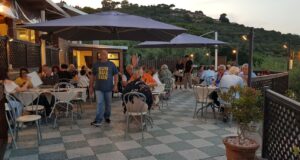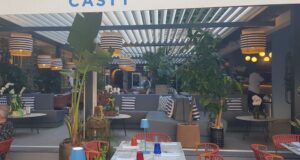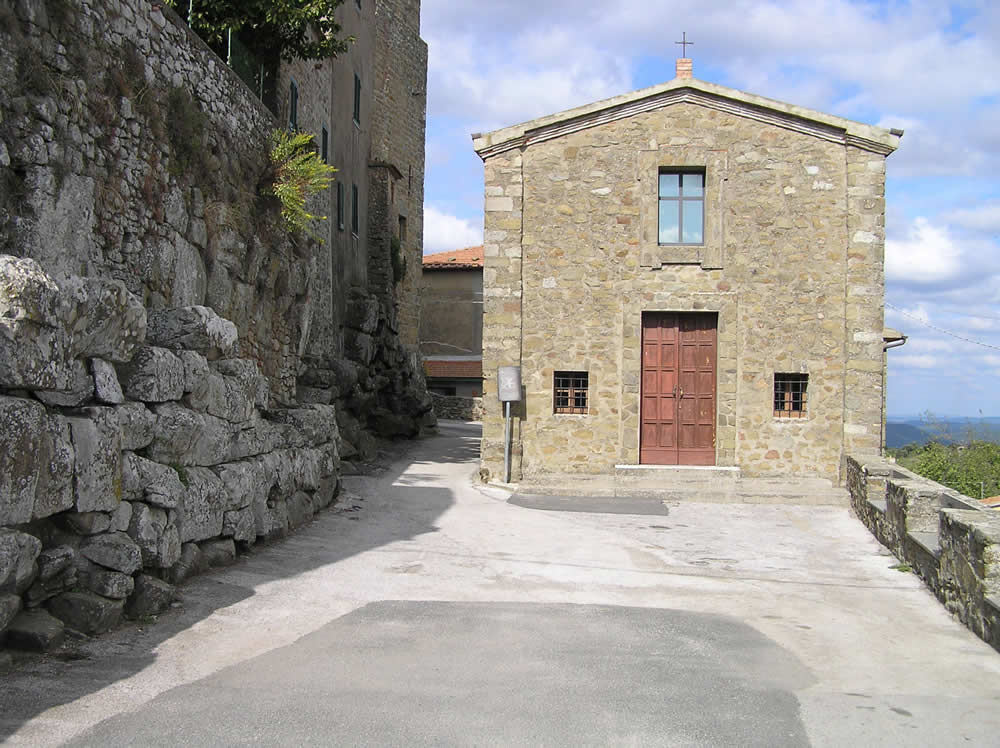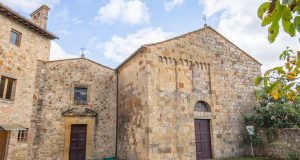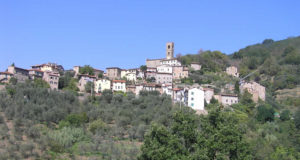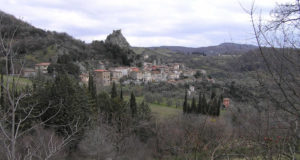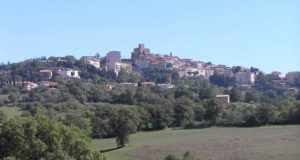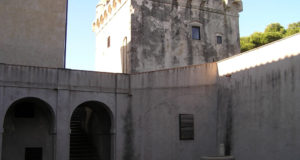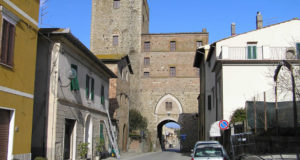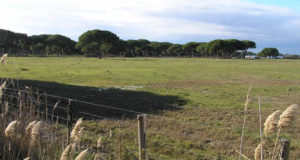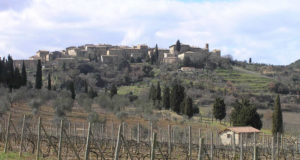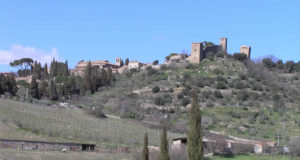![]() Français
Français ![]() Deutsch
Deutsch ![]() Español
Español ![]() Italiano
Italiano
Massa Marittima is a stupendous town full of interesting medieval artistic testimonies. Probably of Etruscan origin, the city preserves many monuments from its most flourishing period, which can be traced back to the mid-9th century when the bishop, up until then resident in Populonia, took office there.
The period of maximum splendor of the city is however that between the XIII century and the XIV century, when Massa Marittima thanks to the riches of the silver, copper and pyrite mines present in the nearby Metalliferous Hills (interesting the Historical Museum of the Mine), exploited also from the Etruscans (to visit the Etruscan mining settlement of the Accesa lake a few km from Massa Marittima), it became a Free Municipality (1225).
Subsequently it took part in the struggles between Pisa and Siena for the dominion of the Maremma and starting from 1335 it was subjected to Siena. In 1555 it passed under the dominion of Florence and the Grand Duchy of Tuscany, due to the malaria that infested the valley floors it progressively lost importance, and only with the reclamation works carried out by the Lorraines did it regain a certain importance.
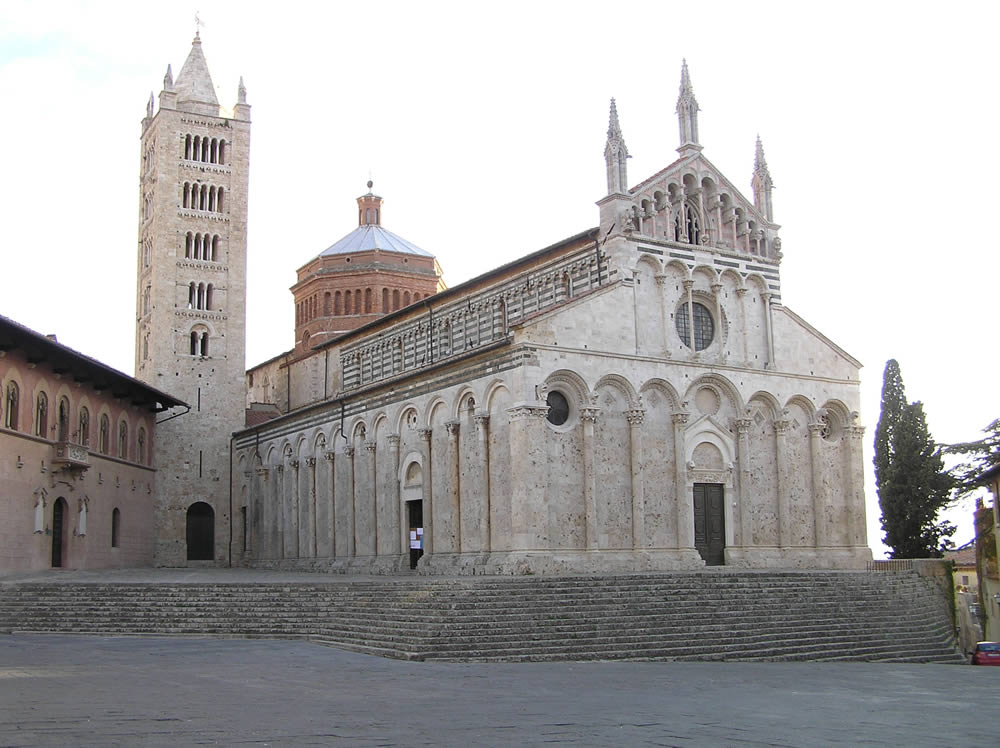
THE MEDIEVAL JEWEL OF THE METALLIFEROUS HILLS
The city, which is 380 meters above sea level, is divided into two parts, the lower part (or old city) where the Romanesque style predominates and the upper part (or new city, but dating back to the 13th and 14th centuries).
The visit can start from piazzale Mazzini, where there is a convenient paid parking, here is the Palazzo dell’Abbondanza (1265) characterized by three ogival arches, it was the city’s grain warehouse, below is the public source where recently a fresco of which traces had been lost was brought to light.
THE DOME
You then enter one of the most beautiful squares in Tuscany, Piazza Garibaldi, overlooked by countless prestigious medieval buildings and where the most beautiful and important monument of Massa Marittima is by far, the Cathedral, dedicated to San Cerbone, is one of the most beautiful examples of Romanesque-Gothic architecture, it was built starting from the first half of the XIII century.
The building is raised on a stepped podium and is arranged diagonally with respect to the rest of the square. The two-order façade surmounted by a loggia tympanum is stupendous. The relief of the architrave of the portal with episodes from the life of San Cerbone is also beautiful.
The interior has three naves and is supported by travertine columns with finely carved Corinthian capitals. The internal counter-façade bears traces of frescoes from the 13th-14th centuries, while the rose window is decorated with a stained glass window with the image of San Cerbone in front of Pope Vigilius (14th century).
Interesting works of art are kept in the Cathedral including (at the beginning of the right aisle) the travertine baptistery from 1267 with reliefs of the life of San Cerbone and the New Testament, by Giroldo da Como (or Lugano) next to it is a marble stoup from the 13th century; in the transept is the Chapel of the Crucifix with a crucifix on a panel probably by Segna di Bonaventura (13th century); under the apse is the Ark of San Cerbone, a marble urn with high reliefs made by Goro di Gregorio in 1324; in the left transept is the Chapel of the Madonna with an altarpiece of the Madonna delle Grazie (1316) by the school (or perhaps by the same) Duccio da Buoninsegna.
THE PRETORIO PALACE
Opposite the left side of the Cathedral is the Palazzo del Vescovado, rebuilt in 1914, on a corner of the building is a column with a she-wolf (1474), symbol of Siena, which was used for posting announcements. In front of the facade of the Cathedral is the beautiful Palazzo Pretorio built in 1230 as the residence of the podestàs, of which it preserves numerous coats of arms on the facade, today it is used as an Archaeological museum, going down to the right of Palazzo Pretorio you reach the medieval building of the Mint, where in XIV century the municipality of Massa Marittima minted its own coins, not far away are the Porta San Bernardino and the Porta Salnitro.
Returning to Piazza Garibaldi, continuing to the right of Palazzo Pretorio, the following are in order: the Casa dei Conti di Biserno (13th century), the Palazzo Comunale (14th century) in travertine with valuable 16th century frescoes inside. In front of the Town Hall is the Loggia del Mercato, the result of a 19th-century reconstruction. Another interesting building in the lower part of the city is the former church of San Michele, now the seat of the Municipal Library, nearby is the Porta di San Rocco (13th century).
THE NEW CITY WITH THE SENESE FORTRESS
Taking via Moncini from the Loggia del Mercato, you reach the Porta alle Silici (14th century) uphill, beyond which is Piazza Matteotti, the center of the New Town, here are some fortification works such as the Torre del Candeliere, the remains of the old fortress built in 1228 and joined in 1337 to the Sienese Fortress by an impressive arch.
The massive Sienese Fortress, the Cassero Senese, built starting from 1335 was partially demolished (1744 and then 1845) but still remains an important construction. Also in the square is the Palazzo delle Armi (1443), nearby is the Porta San Francesco, with a well-preserved stretch of wall, and then beyond is the Romanesque-Gothic church of San Francesco (13th century) and the Porta San Rocco. Another Romanesque-Gothic church is that of Sant’Agostino (beginning of the 14th century) with a nave, with the adjoining convent (San Pietro all’Orto) which has a beautiful cloister (12th-13th century), recently restored and seat of the Museum of Sacred Art, where the majesty of Ambrogio Lorenzetti is exhibited, further on is the convent of the Poor Clares (13th century).
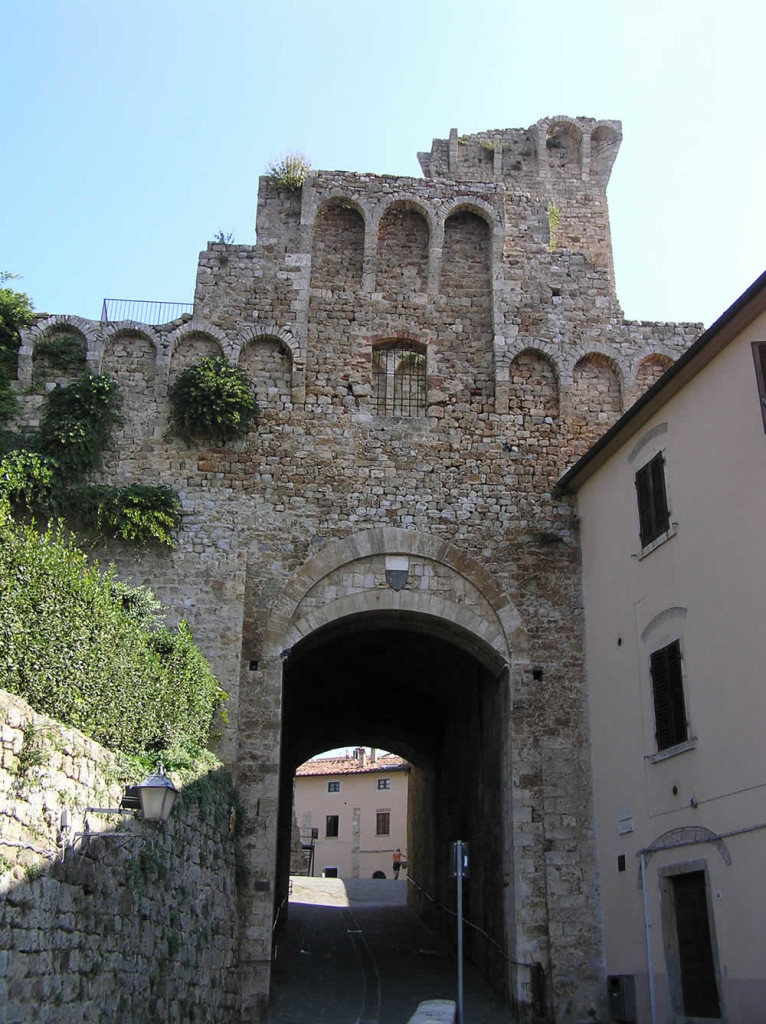
THE WALLS AND FORTIFICATIONS OF MASSA MARITTIMA
The first fortification of Massa Marittima was the so-called Castello di Monteregio (located on the site where the S. Andrea Hospital is today in the New Town), which was the residence of the Bishops of Massa from the 9th-10th century, subsequently, the bishop Alberto, at the end of the 12th century, extended the fortifications around the Castle, with a large wall with towers and turreted gates, the last surviving gate of these early fortifications was the Porta di San Pietro, which was demolished in 1851 , it was inscribed with the date 1206.
During the 13th century the walls seem to have been enlarged to include the Convent of San Francesco and the Church of San Rocco, later in the 14th century the extension of the walls was reduced to its current size. With the birth (31 July 1225) of the Free Commune of Massa Marittima, the mighty Torre del Candeliere (or Torre dell’Orologio) was built in 1228 next to the castle of the Bishops. The Tower was almost demolished by the Sienese, only to be rebuilt by them, but only two-thirds of the original height.
THE SENESE FORTRESS
After the occupation by the Republic of Siena (1335), the Sienese began to build the Sienese Fortress, a grandiose fortification that served as a pivot between the two parts of the city (Old Town and New Town), it divided the two parts of the city with two imposing curtain walls, almost parallel, equipped with towers, ravelins and bastions. The Torre del Candeliere, in 1337, was joined to this new fortification work by an imposing arch-bridge measuring 21.79 meters of rope.
Next to it is the double gate that connects the Old Town with the New Town, the Porta alle Silici, undoubtedly the most beautiful gate in Massa Marittima, it dates back to the 14th century and an inscription above the arch indicates that the fortification works of the Sienese Fortress they were finished on 19 February 1337. Beyond the Porta alle Silici one enters the New Town built in the XIII-XIV centuries.
After the rebellion of the Massa people, in 1355, the Sienese demolished the section of the walls that included the Convent of San Francesco and in 1377 the extension of the walls in the New Town was again reduced with the construction of the double Porta di San Francesco (1377) and of the Porta di San Rocco, which replaced the previous Porta di Bufalona, which was located at the Church of San Rocco.
THE TOWER OF THE CANDELIERE
The Torre del Candeliere is the only remaining remnant of the old fortress built by the free municipality of Massa Marittima in 1228. The Torre del Candeliere and the Sienese Fortress can be visited, from both you can enjoy a fabulous view over the city, the surrounding countryside and the it costs.
Among the surviving gates in the Old City are: the Porta al Salnitro (originally also a double gate, the internal one was demolished in 1781), the Porta San Bernardino, the Porta San Rocco and the Porta dell’Abbondanza. In the New Town are: the Porta alle Silici, the Porta San Francesco and the Porta Eleonora. Next to the Porta San Francesco is one of the best preserved sections of the walls.
 Borghi di Toscana Guida ai borghi e ai paesaggi della Toscana
Borghi di Toscana Guida ai borghi e ai paesaggi della Toscana
